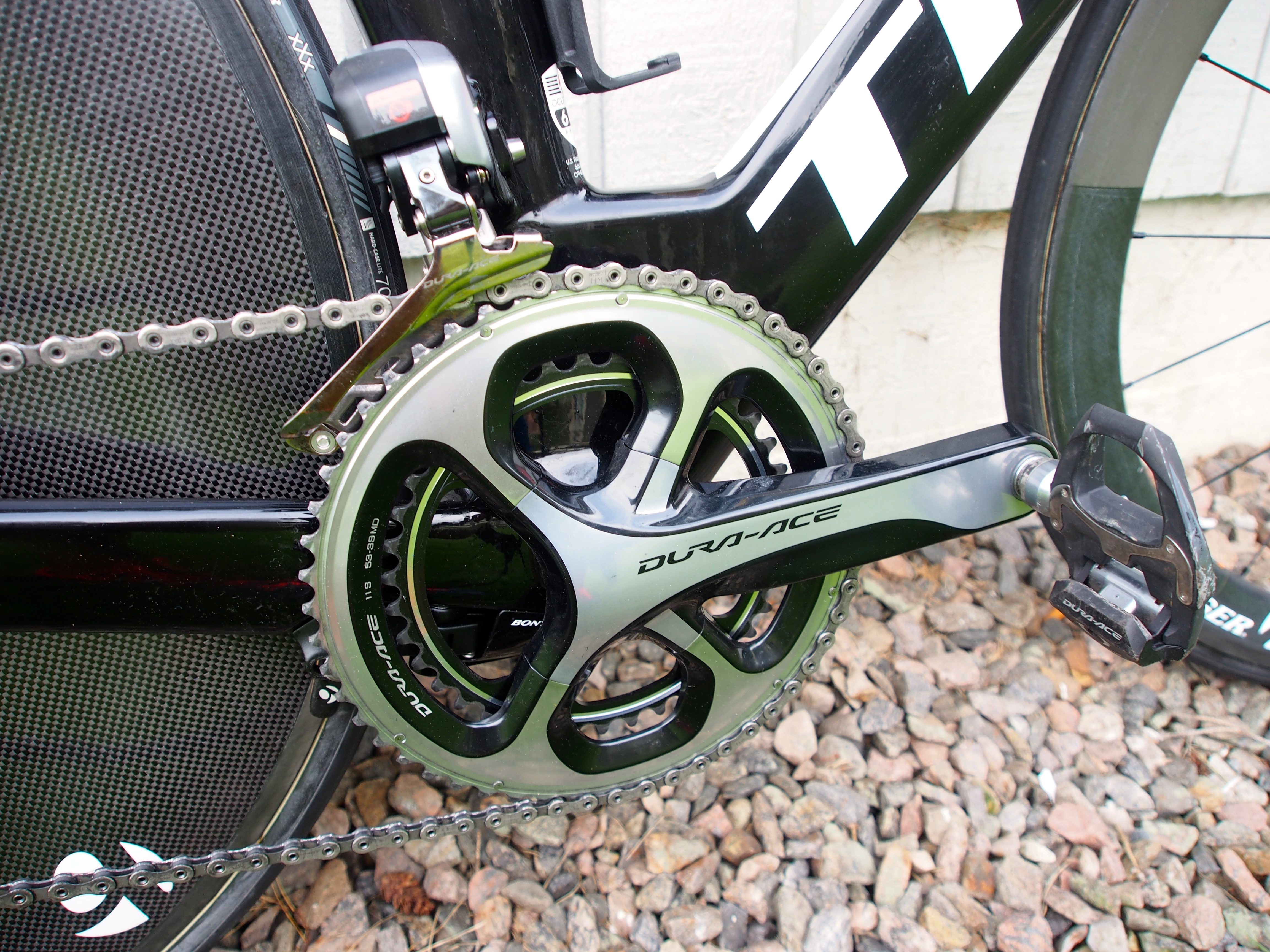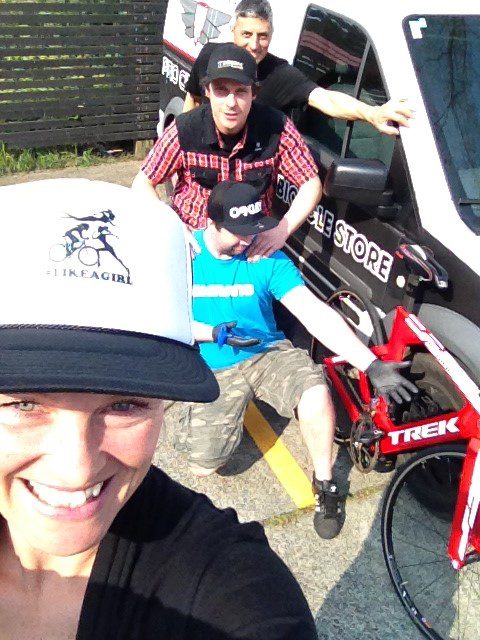Getting your bike race ready

I sat down with three of my favourite mechanical specialists at Trek Procity to discuss what triathletes should be doing with their bike to ensure it’s mechanically sound and ready to deliver the best possible bike split on race day. Arran Spencer, Cam Maysmith and Gabor Herner all had some great advice to offer.
In addition to advice below, I have two tips to offer. First, give your bike a solid cleaning before you step foot in your local bike store. The mechanics are tasked with fixing, not cleaning, your bike and a clean bike is much faster than a dirty one. Start with a bath for your bicycle. Second, make sure you give yourself ample time. This whole process should begin two weeks out from race day so that you can get a ride or two in on the bike after it is fixed to ensure any issues have been sorted. Please don’t wait until the last minute because you could get shut out on shop time or not find the one last gremlin that needed to be sorted before the race. Things like re-gluing tubular tires take time – so make sure you have a lot of wiggle room before race day.
Here are three tips from the experts that will help you avoid race day mechanical mishaps:
Arran: Check your drivetrain. First assess the level of chain wear as that will be a good indicator of the lifespan left in the rest of your drivetrain. Regular chain replacement will prolong the life of the cassette and chain rings so don’t rely on that old chain for too long. If you do replace your chain before the race, make sure you get a few rides on it. New chains are not as supple as ones that have been worn in a little bit so get a test ride in before the race. If you are switching to race wheels you should bring those into the store to make sure the chain and derailleur are set up to that wheel and cassette to be certain that all small adjustments are made.
Cam: Check your tires. You want to ensure there are no square edges on your tires or tubulars as those indicate too much wear. Go over the tread with a pick searching for embedded rocks and glass that are hanging out waiting to create a flat at the worst possible time. If there are a lot of nicks in the tread and especially any deep cuts, it might be better to replace the tire than have a flat on your big day. On race day, make sure you check your tire pressure in the morning. Tire pressure should be adjusted for weather conditions. For example, 120psi and 10 degrees Celsius at 6:00 am will result in too much pressure if the weather heats up to 35 Celsius by 10:00 am. Watch the weather forecast when making pressure decisions. Similarly, riding lower pressure in wet weather will give you a valuable traction advantage. Riding 140 psi is not always the right pressure on race day.
Gabor: Check your brake pads. If you have carbon rims for racing you want to make sure you have proper pads for them as a carbon rim needs a different pad than a metal one. They should be inspected for wear and re-centred for the rim you are racing on.

